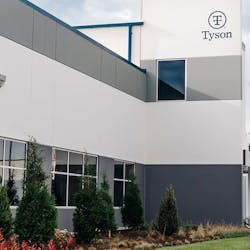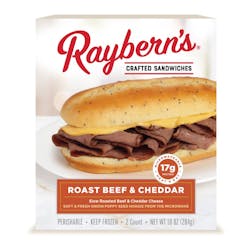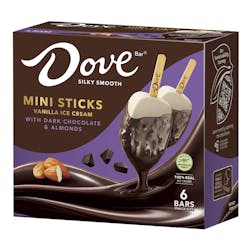Limited-service restaurants (LSRs) are the driving force behind the commercial foodservice industry, according to Technomic, the research firm. LSRs accounted for more than half ($200 billion) of total industry sales despite their low check averages in comparison to full-service restaurants.
Ten years ago LSRs made up 47 percent of the total commercial foodservice industry while full-service restaurants (FSRs) made up 53 percent. Now the landscape has reversed; LSRs account for 53 percent and FSRs 47 percent. Within the LSR segment fast-casual restaurants continue to gain market share while fast-food restaurants are working overtime to upscale their menu and concept positioning – not only to keep pace, but to compete directly with fast-casual leaders.
“The key to LSR growth is differentiation,” said Darren Tristano, Technomic executive vice president in a prepared statement. “Many LSRs that have demonstrated growth have a broad consumer appeal, yet each has a discerned approach. Consumers are looking for fresh, better quality ingredients, a contemporary decor and ambiance, and interactive service formats to offer something unique and enhance the customer experience.”
Fast-food patronage thrives on its convenience and value, while food distinction and ambiance are key factors driving patronage at fast-casual locations. Technomic predicts a blurring of the lines between fast-food and fast-casual restaurants, with operators in each subsegment tweaking their concepts with new unit designs and convenient service formats in order to remain competitive.
To help operators and others aligned with the foodservice industry more effectively identify opportunities for growth and gain a competitive advantage, Technomic has developed The Future of LSR: Fast-Foods & Fast-Casual Restaurants Consumer Trend Report.
Interesting findings include:
Consumer disparity – 72 percent of consumers visit fast-food restaurants once a week or more, while only half (49 percent) visit fast-casual restaurants, partly because there are fewer locations but also because they are more attractive to higher income consumers.
Lunch patronage – Consumers visit fast-food and fast-casual restaurants for lunch more often than for any other daypart; 21 percent purchase fast-food lunches at least twice a week and 19 percent visit fast-casual restaurants, largely due to time pressures.
Menu incidence – Breakfast sandwiches have grown by 35 percent at fast-food restaurants and by 29 percent at fast-casual chains, showing the strength of breakfast entrees at LSRs.
Health and wellness – Gluten free options and the growing importance of better-for-you kids’ meals continue to guide better-for-you LSR menu development.
Global inspiration – Street food influences continue. Rustic, handheld street foods with a global spin have helped LSR menu developers create unique and craveable offerings. Consumers are looking for new flavor supplements for their sophisticated palettes.
Technomic’s The Future of LSR: Fast-Foods & Fast-Casual Restaurants Consumer Trend Report examines consumer behavior, attitudes and preferences toward fast-food and fast-casual restaurants based on survey results from 1,500 consumers. The Menu Insights section utilizes Technomic’s MenuMonitor online database to provide an in-depth look at year-over-year menu development findings at fast-food and fast-casual LSR chains.
To purchase or learn more about this report please visit Technomic.com or contact one of the individuals listed below.




